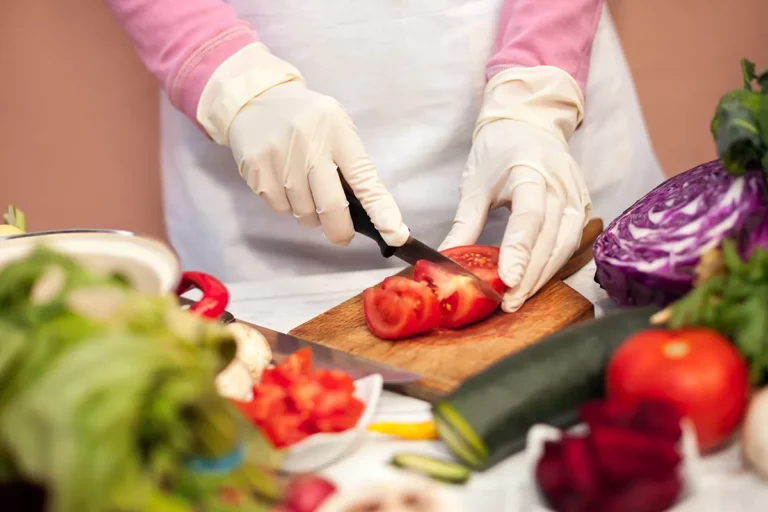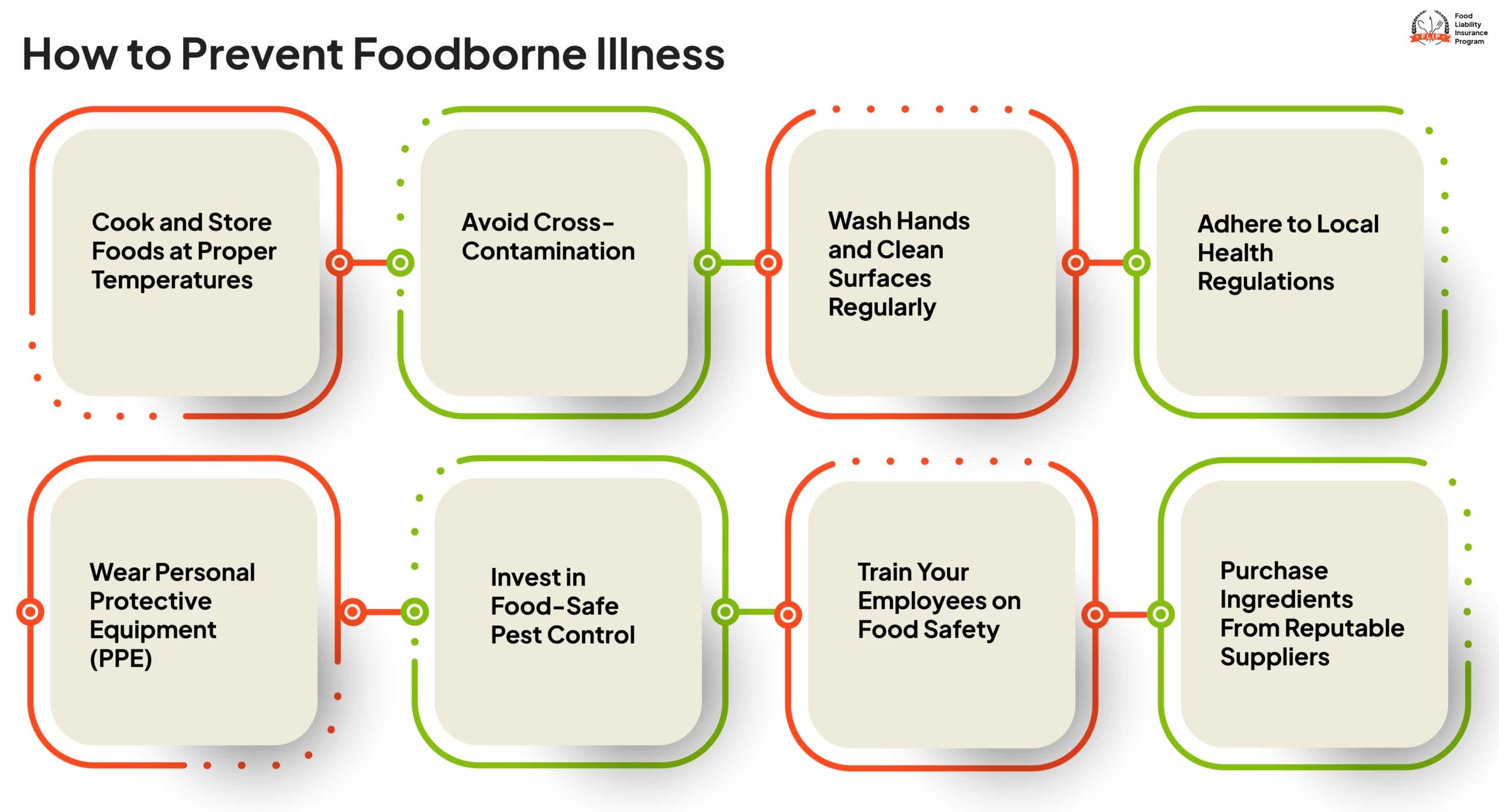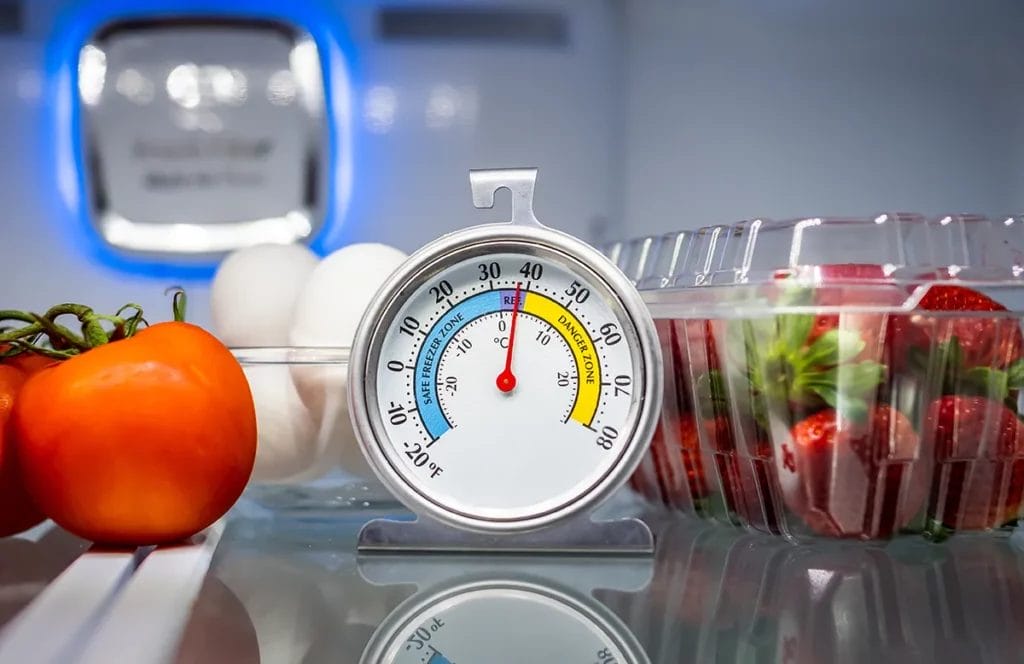Last Updated: November 1, 2024
Did you know an estimated 48 million people contract a foodborne illness every year? Roughly 128,000 of those affected are hospitalized, and 3,000 of them die.
With numbers like these, you need to take all the precautions you can to prevent making your customers ill. Not only is it bad for your reputation, but you could be sued to cover a customer’s medical bills and lost wages.
That’s what makes foodborne illness insurance coverage so crucial — it can protect your business from the financial fallout of a food poisoning claim, which might otherwise cost you thousands of dollars out of pocket.
What Is Foodborne Illness?
Also known as food poisoning, foodborne illness is caused by consuming foods or beverages contaminated by viruses, bacteria, parasites, chemicals, or physical objects.
Foodborne Illness Types
The most common types of foodborne illness food business owners face are:
- E. coli: This bacteria is found in the digestive tracts of humans and animals. Unpasteurized milk, undercooked beef, and unwashed raw produce carry the highest risk of spreading E. coli.
- Listeria: Listeria is commonly found in raw sprouts. It can survive in cold temperatures and can only be killed through thorough cooking and pasteurization.
- Salmonella: Beef, poultry, milk, and eggs are common carriers of Salmonella, but vegetables may also be contaminated during processing or handling. This bacteria is more often an issue in the warmer months.
- Norovirus: Scientists estimate that nearly 50% of all foodborne illness outbreaks are caused by norovirus. Commonly contaminated foods include raw or undercooked oysters and raw produce. People can also contract it if they touch a contaminated object or surface and then touch their nose, mouth, or eyes.
- Campylobacter: Around 1.5 million people in the U.S. get sick from Campylobacter bacteria every year. It is mostly contracted from food that has come in contact with animal feces. Raw poultry, especially organic and free-range poultry products, are commonly contaminated with this bacteria.
- Clostridium perfringens: Most strains of Clostridium perfringens do not cause severe illness, but the Type C strain can cause a serious condition called Pig-bel Syndrome that kills intestinal cells and can be fatal. Undercooked meats and other meat products such as stews, casseroles, and gravy are common sources of this bacteria.
While these are the most common foodborne illnesses, researchers have identified over 250 types.
Foodborne Illness Examples
Salmonella Poisoning From Contaminated Cashews
One FLIP policyholder made a vegan cheese alternative from cashews. Unfortunately, one of their customers got seriously ill after eating this product.
Testing conducted by the Food and Drug Administration (FDA) revealed that this cheese alternative contained cashews contaminated with Salmonella bacteria.
To cover the costs of their medical bills and lost wages, the customer filed a claim for $166,465, which FLIP covered.
Food Poisoning From Raw Fish
A policyholder in Hawaii routinely served fresh, raw fish as part of their menu and never had an issue until one customer claimed they contracted a foodborne illness after eating fish from their business.
The policyholder was found responsible for causing their customer to get sick, but their FLIP insurance policy covered the $2,101 claim.
Colitis Caused by Contaminated Food
One of our catering policyholders was sued by a guest at an event who contracted Salmonella from one of the dishes they served. Their illness was so severe, it developed into colitis and resulted in $71,570 worth of medical bills, lost wages, and other damages.
This potentially devastating food poisoning claim was covered by FLIP.

How to Prevent Foodborne Illness in Your Food or Beverage Business
Having insurance can protect you from paying thousands of dollars if you get hit with a food poisoning claim — but it’s equally important to take preventative measures to avoid these claims altogether.
1. Cook and Store Foods at Proper Temperatures
Not all foods have to be cooked to the same temperature, so make sure you and your employees know what those temperatures are. For example, seafood needs to reach a temperature of 145°F, but poultry needs to reach 165°F before it’s safe to eat.
When cold storing food, your refrigerator should consistently be 40°F or below and your freezer should never exceed 0°F. If you need to keep food hot for some time before serving it, it should be stored at or above 140°F.
Always check the internal temperature of cooked food with a thermometer before serving, and regularly monitor the temperature of your fridge, freezer, and warming trays. Or, invest in smart sensors that can alert you if food falls out of optimal storage temperatures.
2. Avoid Cross-Contamination
Cross-contamination often happens when something that touches raw meat comes into contact with food that won’t be cooked before serving, like lettuce.
To avoid this, do the following:
- Always use separate utensils and cutting boards for produce and raw meat, poultry, or seafood.
- Store raw meat, poultry, and seafood in sealed containers at the bottom of your fridge to prevent them from dripping onto produce and other foods.
- Use soap and hot water to wash your hands between handling different foods.
- Use a clean plate or surface for cooked food, not one that previously held raw food.
- Clean utensils, cutting boards, pans, and dishes thoroughly with hot, soapy water after use.
3. Wash Hands and Clean Surfaces Regularly

Washing your hands prevents cross-contamination between foods, but it also stops the spread of bacteria or viruses in other ways. You and your employees should always wash your hands after using the restroom, touching your face, or petting a customer’s dog, for example.
Countertops, equipment, and other food prep surfaces should be disinfected regularly as well.
4. Adhere to Local Health Regulations
Each jurisdiction has its own health code. You may have a county- or city-wide health code that you need to comply with or else risk getting shut down. Check with your state’s department of health to see which code you need to follow.
Knowing your health code is also key to passing your health inspections. Many areas list their inspection criteria online so you know what to expect, but you can use our handy food safety checklist to conduct your own regular audits.
5. Wear Personal Protective Equipment (PPE)
Laws and regulations vary regarding what types of PPE food service workers are required to wear, but the list commonly includes:
- Disposable gloves
- Hair nets
- Masks
These types of equipment are designed to prevent food contamination or the spread of illnesses from employees to food products.
Check with your local health department to see which types of PPE you and your employees must wear when handling food. Even if you aren’t required to wear any, making PPE part of your workplace is one of the best ways to prevent foodborne illness.
6. Invest in Food-Safe Pest Control
E. coli, Listeria, and Salmonella are all commonly spread by pests like insects and rodents. These pests regularly come into contact with garbage, feces, and other unsanitary substances. If they get into your food, they’ll spread germs and bacteria that could make your customers ill.
Some tips for preventing pest control include:
- Sealing holes or cracks in areas where they might sneak in
- Storing food in tightly sealed containers
- Following proper waste disposal practices and keeping waste sealed to avoid attracting pests
- Working with a pest control company to identify weak spots or opportunities for improvement
- Using pest control options that are less harmful to humans, such as traps and low-toxicity sprays
7. Train Your Employees on Food Safety

Require all employees to take a class and pass a test to get a food handler permit before they can work for you. These courses cover topics like:
- Proper food storage
- Safe cooking and storing temperatures
- How to prevent cross-contamination
- Hygiene best practices
Always require your staff to provide proof that they have an active food handler permit from a course recognized by your city, county, or state before you hire them. Keep a record of when each employee’s permit expires so you know when to ask for a renewed permit.
8. Purchase Ingredients From Reputable Suppliers
Remember the FLIP policyholder we mentioned earlier whose customer got sick from contaminated cashews in vegan cheese? This is a great example of why sourcing ingredients from reputable suppliers is so important.
Of course, mistakes happen, but do your due diligence when choosing suppliers. If they have a history of bacterial or virus outbreaks, it’s best to avoid them and find a supplier who doesn’t.

How to Get Food Poisoning Insurance Coverage
An ounce of prevention is worth a pound of cure, but accidents happen to even the most prepared businesses. If one of your customers gets sick from something you served them, having food liability insurance can protect you from the financial impact of claims.
Our base policy includes the essential coverages you need starting at just $25.92 a month or $299 a year — way less than the cost of a food poisoning claim! Plus, you can get your free quote entirely online in 10 minutes or less.
Learn more about food and beverage vendor insurance and protect your business against food poisoning claims and many others!
FAQs About Foodborne Illness
- Be empathetic and express sympathy that they aren’t feeling well, but don’t apologize. Apologizing could be seen as admitting guilt if the customer decides to take you to court.
- Collect information; ask them when they ate from you, what they ordered, when their symptoms started, and whether they’ve sought medical attention. If they dined with others, ask if anyone else in their party is experiencing the same illness.
- Re-evaluate the food safety measures you and your employees take in your kitchen. Remind your staff of proper food handling practices and methods to reduce cross-contamination and make sure all employees have up-to-date food handler permits.
- Temporarily close your business until you have discovered the source of the outbreak.
- Don’t throw out any food or ingredients — they will be important in local health authorities’ investigation when they come to determine the source of the outbreak.
- Contact your local health authorities and notify them of the outbreak, providing as many details as you can.
- Help the authorities with their investigation by taking it seriously and encouraging your employees to do the same. Comply with any instructions they give you.
- Wait for approval from the authorities before resuming normal business operations.
- Implement any feedback or advice given to you by health authorities during the investigation to prevent another outbreak from occurring in the future.

Reviewed by: Kyle Jude
Kyle Jude is the Program Manager for Food Liability Insurance Program (FLIP). As a dedicated program manager with 10+ years of experience in the insurance industry, Kyle offers insight into different coverages for food and beverage business professionals who are looking to navigate business liability insurance.

Updated by Alex Hastings
Alex is a Marketing Copywriter at Food Liability Insurance Program (FLIP). In her free time, she enjoys reading, birding, traveling, and finding any excuse to get brunch.


